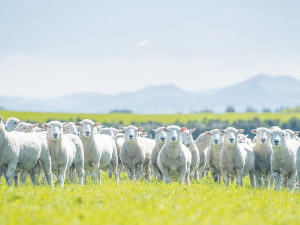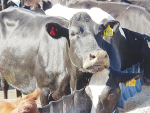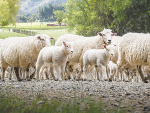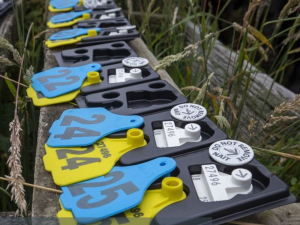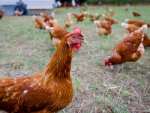Rams are getting ready to fulfil their life’s purpose as mating gets underway around the country.
Most ewes will start ovulating from early February and will continue cycling every 17 days through until late May. Oestrus, when the ewe will accept the ram, occurs once every cycle and averages 24 hours.
A ram to ewe ratio of 1:150 is adequate for mixed-age ewes in good condition. This should be reduced to 1:100 for ewe hoggets or when using ram hoggets.
To help maximise ewe ovulation, ewes should be going to the ram at an optimum body condition score of over 3 and on a rising plane of nutrition.
As a rule of thumb, for every kilogram of extra ewe weight there will be a 1 to 2% increase in lambing percentage.
Synchronisation can be used as a tool to get as many ewes as possible ovulating at the same time.
A teaser (vasectomised) ram should be put out with the ewes 17 days ahead of the planned start to mating for at least 10 days.
While CIDRs can be used, these are not typically used in commercial flocks.
Ram harnesses can be used to identify the timing of ewes mated and the expected spread of mating. They can be very valuable for helping save feed in autumn and spring. In autumn, ewes can be put straight back onto maintenance (not underfed) as soon as they have been mated and in late winter and early spring. The early and later lambing ewes can be managed strategically.
For example, later lambing ewes can be setstocked later than their earlier lambing flock mates.
Even when ewe lambs are not being mated, ram harnesses can be used on teaser rams to identify the early cycling animals. Studies have shown that these animals will be more fertile and fecund in their lifetime so will be valuable for retaining as replacements.
Facial eczema will suppress lambing percentages as will the phyto-oestrogens produced by some plants such as older varieties of red or subterranean clover.
While lucerne produce some phyto-oestrogens, the benefit of feeding ewes high quality feed at mating, particularly when feed supplies are tight, will usually outweigh the presence of the oestrogen.
The phytoestrogen effect wears off after about 4 weeks so if concerned, take animals off the feed a month before mating. Where pasture supplies are not tight, ewes should be mated on grass.





